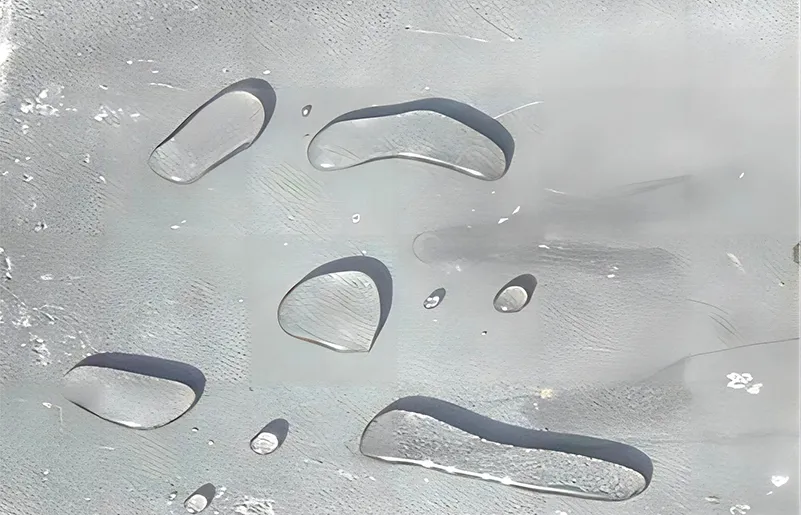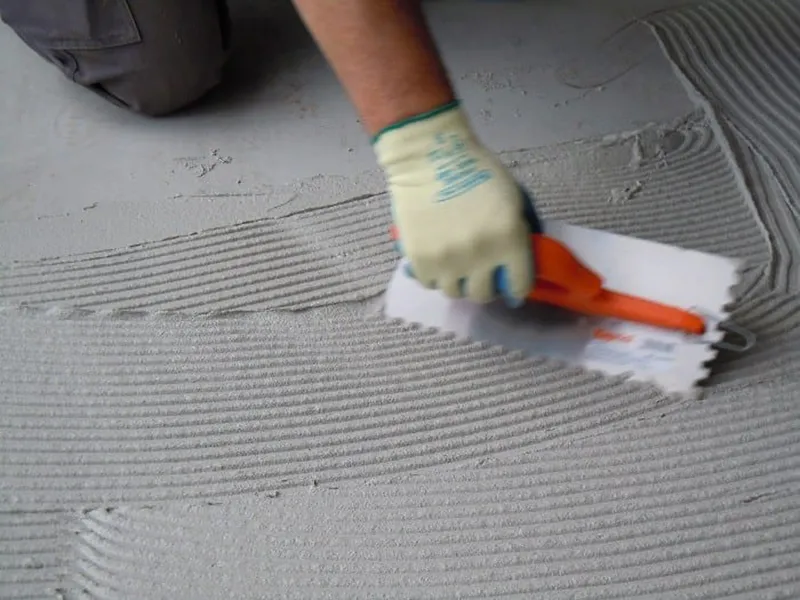
I. What is Carboxymethyl Cellulose?
Carboxymethyl Cellulose (CMC) is a water-soluble, anionic cellulose derivative renowned for its thickening, stabilizing, and moisture-retention properties. Sourced from renewable cellulose, this versatile polymer modifies rheology, enhances texture, and improves shelf-life across industries. Carboxymethyl Cellulose’s unique functionality stems from its adjustable molecular structure, making grade selection fundamental to success.
II. Understanding Carboxymethyl Cellulose Grading
1. Two key parameters affecting Carboxymethyl Cellulose Grading
1). Degree of Substitution (DS):
Impact
DS significantly affects solubility, salt tolerance, and sensitivity to pH. Higher DS generally means better solubility in cold water and higher tolerance to electrolytes (salts), making it suitable for demanding environments like detergents or oil drilling fluids. Lower DS grades might gel or precipitate in high-salt solutions.
2). Viscosity (Solution Concentration):
Impact
2. Different Viscosity Grades of Carboxymethyl Cellulose

1.Low Viscosity Carboxymethyl Cellulose
- Viscosity Range: 25-100 centipoise viscosity at 2% concentration in water (25°C).
- Characteristics: LV CMC offers good water binding, suspension stabilization for light particles, and film-forming properties without significantly increasing viscosity.
- Typical Applications: Manufacturers use Low Viscosity CMC in applications requiring clarity, low body, or easy pumping, such as light-duty detergents, low-viscosity adhesives, paper coatings requiring penetration, and as a stabilizer in some beverages or dairy products like flavored milk.
2.Medium Viscosity Carboxymethyl Cellulose
- Viscosity Range: 400-1000 centipoise viscosity at 2% concentration in water (25°C).
- Characteristics: MV CMC provides moderate thickening, good water retention, effective suspension of medium-weight particles, and stable rheology.
- Typical Applications: This grade serves widely as a thickener, binder, and stabilizer in products like latex paints, wallpaper pastes, tablet binders and disintegrants in pharmaceuticals, textile printing thickeners, and mid-range viscosity food items such as sauces and syrups.
3.High Viscosity Carboxymethyl Cellulose
- Viscosity Range: 1500-2500 centipoise viscosity
- Characteristics: HV CMC provides excellent water retention, suspension for heavier particles, and high film strength.
- Typical Applications: Industries utilize High Viscosity CMC where significant thickening or body is essential, such as in high-viscosity drilling muds, toothpastes, thick creams and lotions, high-solids adhesives, ceramic glazes, and as a thickener in desserts or pie fillings.
4.Extra High Viscosity Carboxymethyl Cellulose
- Viscosity Range: exceeding 3,000 centipoise, often reaching 5,000 centipoise or higher at 2% concentration in water (25°C).
- Characteristics: XHV CMC offers exceptional water binding, extreme suspension capabilities, and very high film strength.
- Typical Applications: Applications demanding maximum viscosity, gel strength, or water retention utilize Extra High Viscosity CMC, including specialized oil well fracturing fluids, extremely high-viscosity adhesives and sealants, and heavy-duty paper coatings.
III. Key Factors to Consider When Choosing Your CMC Powder
1.Primary Function
| Function | Recommended CMC Powder Grade |
| High Thickening | HV/XHV CMC |
| Binding/Adhesion | LV/MV CMC powder |
| Water Retention | High-DS + MV/HV CMC |
| Suspension/Stabilization | MV/HV CMC powder |
| Film Formation | Medium DS + MV CMC |
2.Application & Industry
1). Food & Beverage:
Manufacturers require high-purity CMC, typically demanding FCC-grade certification. They need precise viscosity control to achieve desired textures in products like sauces and ice cream, along with excellent clarity.

This sector mandates extremely high purity, meeting USP/NF or EP pharmacopeial standards. Formulators rely on controlled viscosity for functions like tablet binding or suspension stabilization and require specific dissolution profiles. Biocompatibility is absolute essential.
3).Oil & Gas Drilling Fluids:
Applications demand CMC with a high degree of substitution to ensure tolerance to salt and calcium ions. Engineers specify particular viscosity grades for effective fluid loss control and lubrication.
Formulators frequently utilize low to medium viscosity CMC grades. These grades provide effective anti-redeposition of soils and soil suspension capabilities, requiring good electrolyte tolerance achieved through a high degree of substitution.
5).Paper, Textiles, Ceramics, Paints:
Viscosity requirements vary considerably within these industries, such as between coating applications and internal sizing in papermaking. Purity standards depend on the specific end-use, while strong water retention properties are frequently a key requirement.
6).Personal Care & Cosmetics:
Product developers need specific viscosity grades to formulate lotions and shampoos effectively, alongside high-purity CMC. They often prioritize clarity in transparent products, and achieving the desired skin feel is crucial for consumer acceptance.

3.Purity Requirements:
- Food:Must meet Food Chemical Codex (FCC) standards, ensuring low levels of impurities.
- Pharma:Requires United States Pharmacopeia (USP), National Formulary (NF), or European Pharmacopoeia (EP) compliance, demanding stringent purity and testing.
- Industrial:Technical grades are available with lower purity, often at a reduced cost.
4.Particle Size & Dispersion:
- Finer CMC powder disperses and hydrates faster but can be dusty. Coarser grades disperse slower but are easier to handle. Choose based on your mixing equipment and process time.
IV. Conclusion
Choosing the right grade of Carboxymethyl Cellulose powder is a strategic decision impacting product quality, process efficiency, and cost. By systematically evaluating your application requirements, processing environment, and the intrinsic properties of CMC powder – particularly Degree of Substitution (DS) and Viscosity – you can make an informed choice.
Tenessy is an experienced Carboxymethyl Cellulose supplier who provides comprehensive technical data, samples, and expert guidance. Ready to find your perfect Carboxymethyl Cellulose solution? Contact our technical experts today for personalized recommendations and samples!













